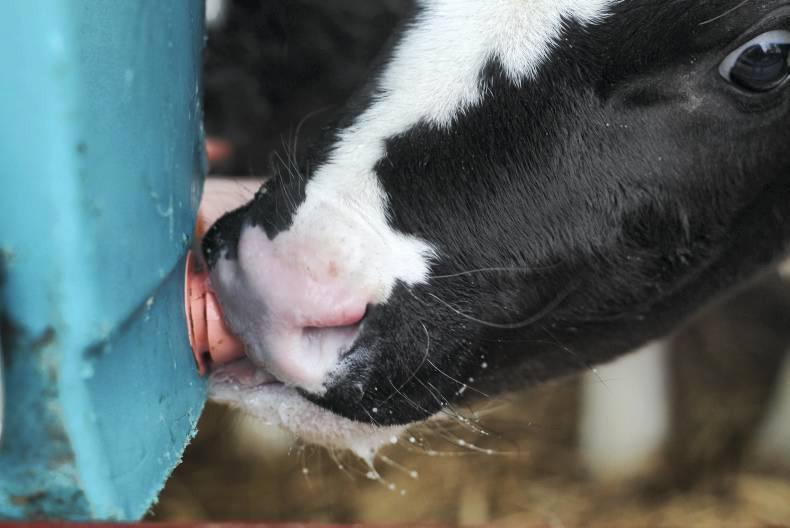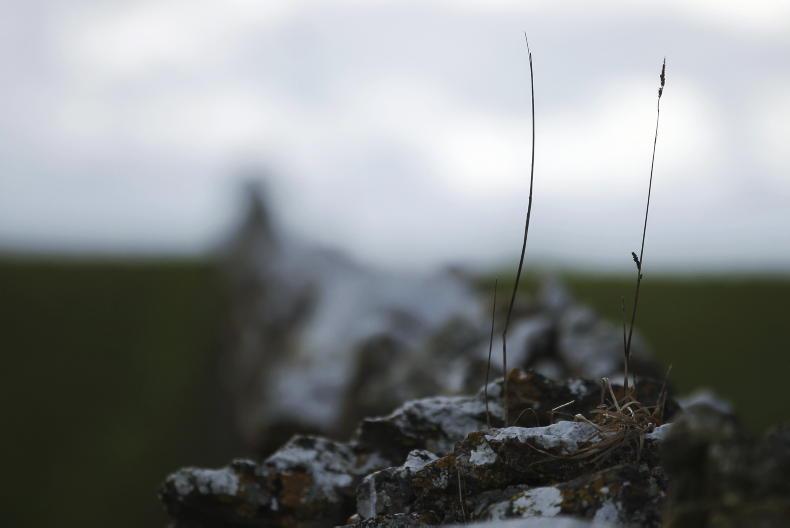According to the survey, investment was highest on dairy farms in 2015, at an average of €20,082 per farm. Overall, gross new investment in farming came to €806m last year, an increase of almost 12% on 2014.
Dairy farms accounted for over €300m of the total farm investment in 2015, a nod to the abolition of EU milk quotas on 1 April last year.
Borrowings
Average borrowings per farm in 2015 were down 6% on 2014, at €20,529. Evidently many farms chose to fund new investment from working capital in 2015 rather than increase borrowings, the survey authors note.
Dairy farmers invest over €20,000 but it’s quite interesting that only half of dairy farmers have farm-related debt
Brian Moran of the Teagasc National Farm Survey said: “We show on average that dairy farmers invest over €20,000 but it’s quite interesting that only half of dairy farmers have farm-related debt. If you take out the farms that that have no debt you end up with an average debt level on dairy farms of €93,000 so it’s still quite high but dairy farmers have had very good incomes in the region of €62,000 so their debt-to-income ratio is 1:44 which isn’t too bad.”
Listen to an interview with Brian Moran in our podcast below:
Overall, a large majority of farms had no farm business-related debt in 2015, although this varies considerably across farm systems. The average borrowings on dairy farms with debt was €97,363 compared with just €27,567 on cattle-rearing farms.
However, although dairy farms had the highest level of borrowings, their debt to income ratio was better than the drystock system where incomes were much lower. Debt-to-income ratio was poorest on sheep farms.
Direct payments
The survey notes that farm income continues to be “highly reliant” on direct payments.
In 2015, the average total direct payment was €17,000, down from €18,859 in 2014, and this accounted for 64% of income on average.
The basic payment, the largest direct payment, was €12,570 on average in 2015. In 2014, the Single Farm Payment, the previous version of the basic payment, was €13,849 on average.
The survey says that tillage farms have the highest direct payments, driven by the larger farm size in this system.
Just as the basic payment was down in 2015, so were environmental payments. The survey attributes this to the fact that GLAS, the replacement for the REPS scheme which came to an end in 2014, was not as valuable as its predecessor.
As far as market income (income before direct payments) is concerned, the two cattle systems lie close to zero, suggesting that these farms do not make a profit from production. However, this is an improvement on negative market income situation in 2014.
Read more
Cattle prices lift farm income in 2015 – Teagasc
According to the survey, investment was highest on dairy farms in 2015, at an average of €20,082 per farm. Overall, gross new investment in farming came to €806m last year, an increase of almost 12% on 2014.
Dairy farms accounted for over €300m of the total farm investment in 2015, a nod to the abolition of EU milk quotas on 1 April last year.
Borrowings
Average borrowings per farm in 2015 were down 6% on 2014, at €20,529. Evidently many farms chose to fund new investment from working capital in 2015 rather than increase borrowings, the survey authors note.
Dairy farmers invest over €20,000 but it’s quite interesting that only half of dairy farmers have farm-related debt
Brian Moran of the Teagasc National Farm Survey said: “We show on average that dairy farmers invest over €20,000 but it’s quite interesting that only half of dairy farmers have farm-related debt. If you take out the farms that that have no debt you end up with an average debt level on dairy farms of €93,000 so it’s still quite high but dairy farmers have had very good incomes in the region of €62,000 so their debt-to-income ratio is 1:44 which isn’t too bad.”
Listen to an interview with Brian Moran in our podcast below:
Overall, a large majority of farms had no farm business-related debt in 2015, although this varies considerably across farm systems. The average borrowings on dairy farms with debt was €97,363 compared with just €27,567 on cattle-rearing farms.
However, although dairy farms had the highest level of borrowings, their debt to income ratio was better than the drystock system where incomes were much lower. Debt-to-income ratio was poorest on sheep farms.
Direct payments
The survey notes that farm income continues to be “highly reliant” on direct payments.
In 2015, the average total direct payment was €17,000, down from €18,859 in 2014, and this accounted for 64% of income on average.
The basic payment, the largest direct payment, was €12,570 on average in 2015. In 2014, the Single Farm Payment, the previous version of the basic payment, was €13,849 on average.
The survey says that tillage farms have the highest direct payments, driven by the larger farm size in this system.
Just as the basic payment was down in 2015, so were environmental payments. The survey attributes this to the fact that GLAS, the replacement for the REPS scheme which came to an end in 2014, was not as valuable as its predecessor.
As far as market income (income before direct payments) is concerned, the two cattle systems lie close to zero, suggesting that these farms do not make a profit from production. However, this is an improvement on negative market income situation in 2014.
Read more
Cattle prices lift farm income in 2015 – Teagasc










SHARING OPTIONS